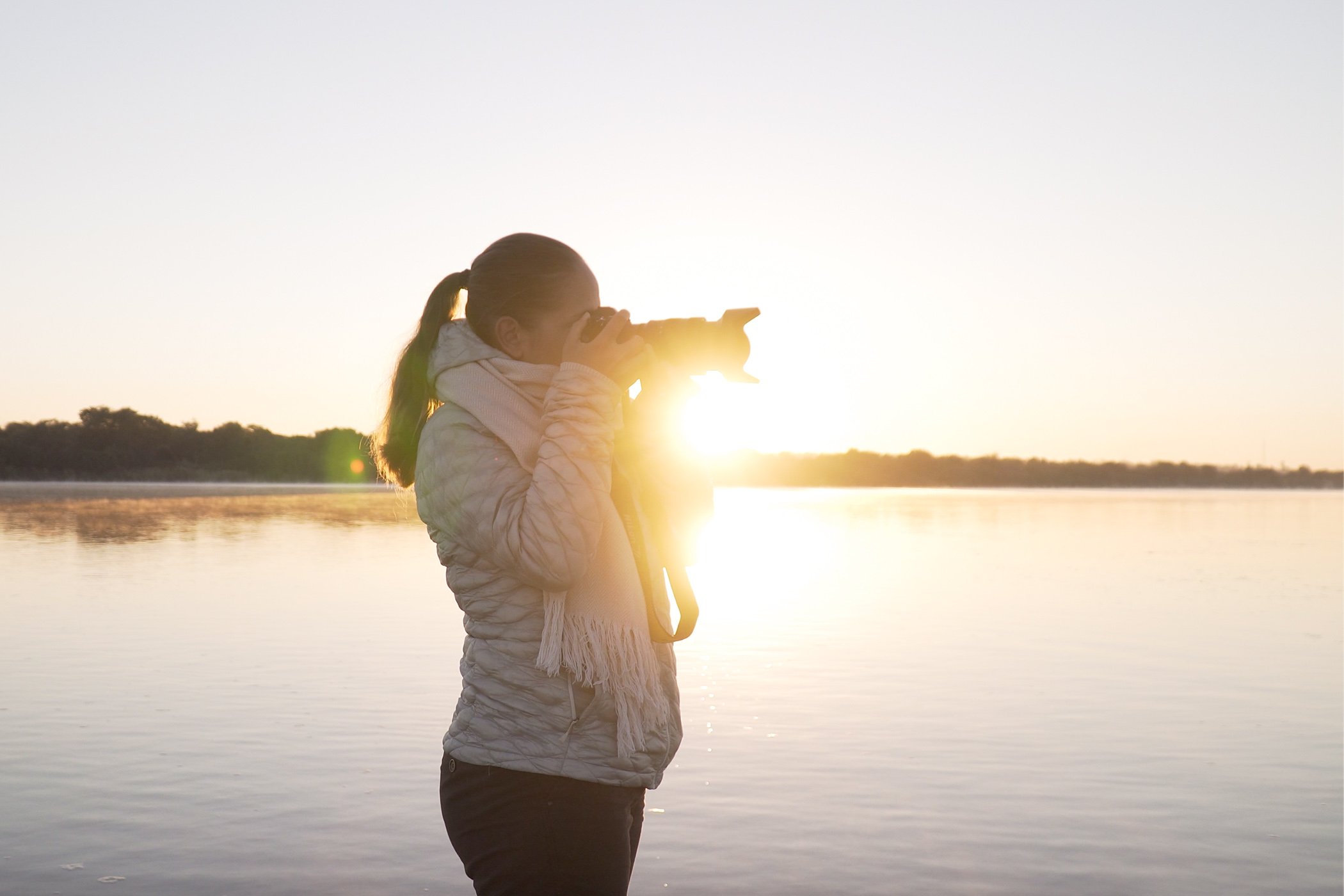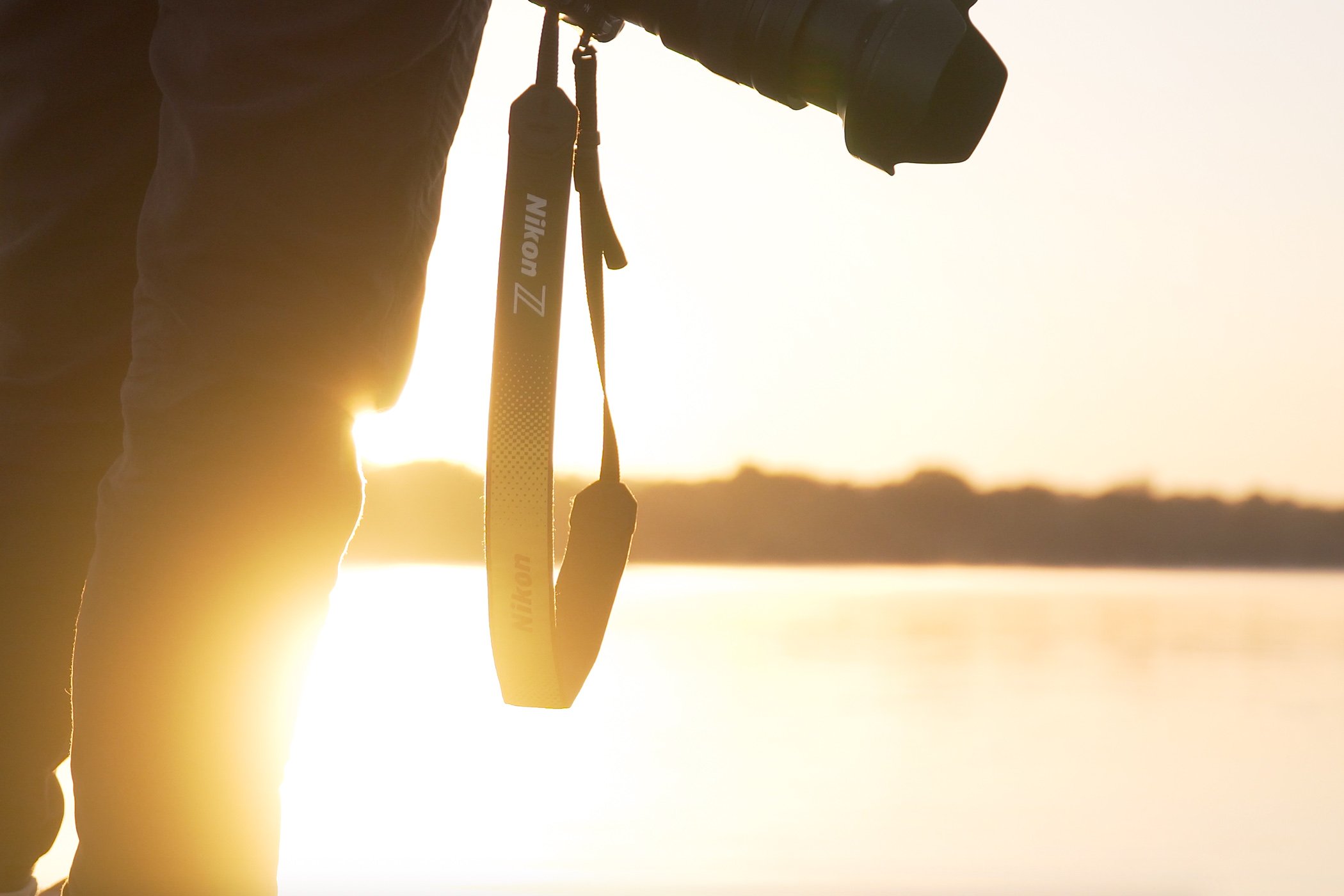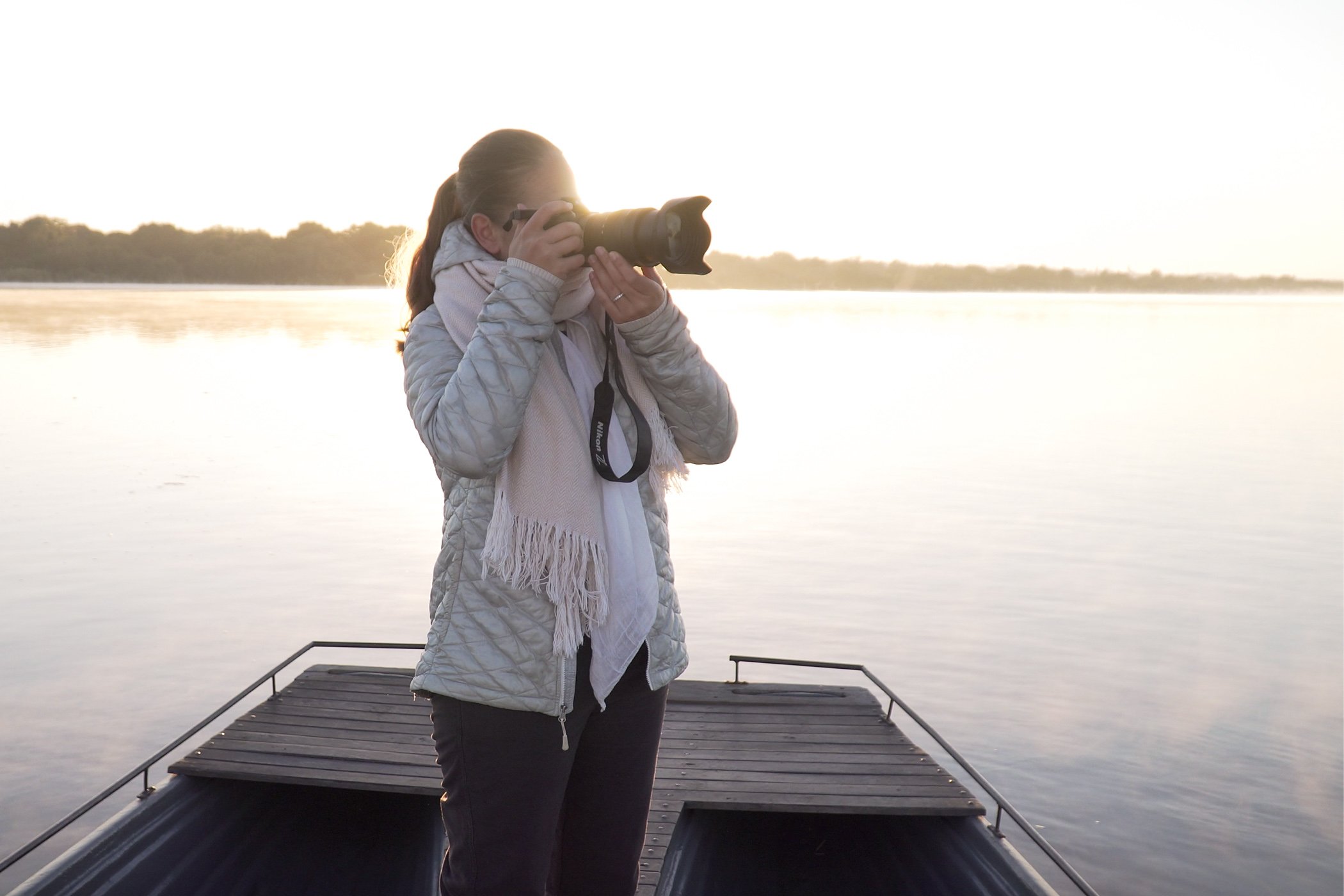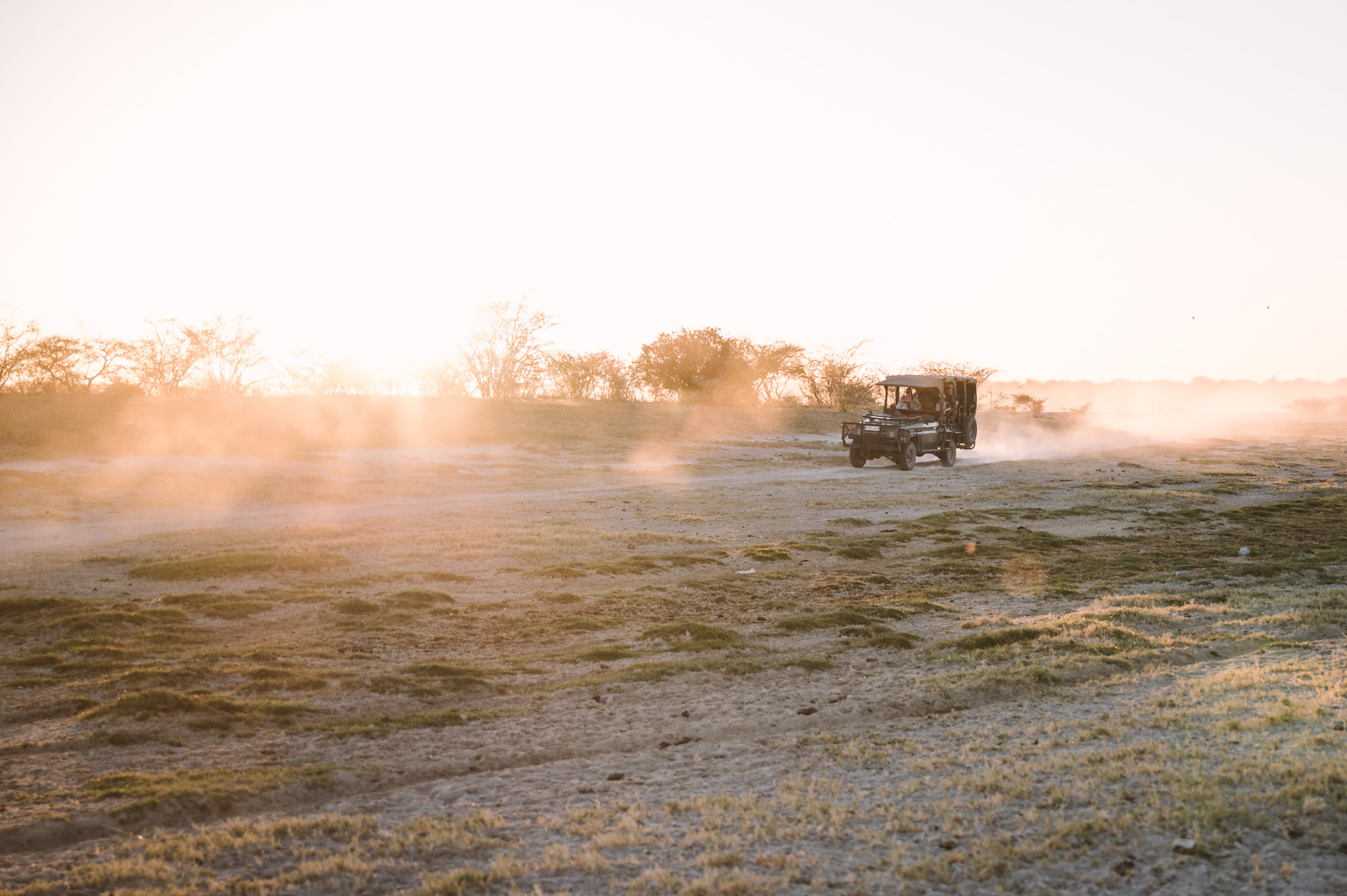As a travel photographer I’m used to shoot in harsh conditions – from rain to dust – these elements can put a camera to the test. I recently upgraded to the Nikon Z 6 and was eager to see how it performs in such circumstances. During my trip through Botswana and Zambia I first checked the Z 6’s ability to shoot wildlife and then went along to further test the weather resistance of my new Nikon Z 6!
Is there a “weather proof” seal?
According to Nikon the Z 6 features “class leading weather sealing“. Yet, unfortunately there’s no established standard when it comes to weather sealing (which is quite ridiculous as there are standardised tests even for jackets and outerwear… 🙂 ). So, while we are still waiting for an independent weather proof seal for the camera industry, let’s look at some facts.
Testing the Nikon Z 6 in the lab
Although there is no standardised test, there are some independent publishers doing “lab style” tests. One example would be the one done by “Imaging Resource”, which offers a consistent basis for comparing weather resistance of cameras. They test the cameras in simulated heavy rain for a time of 35 minutes, which is quite intense. Then they let the camera dry for a day. On the second day they test the camera in heavy rain for an additional 70 minutes.
They tested the Nikon Z 7, which is the sister model of the Z 6 – and the results can be easily transferred to the Z 6. Their conclusion is that “overall, the Nikon Z7’s weather sealing is at the top of the class among full-frame mirrorless cameras we’ve tested to date.”
The verdict: “flawless behaviour during the test”!
Bodies & Lenses: Both need to be weather sealed
In their lab tests the Z 7 withstood heavy simulated rainfall for up to two hours without any damages. The camera might even hold up longer, but they didn’t go beyond that set timeline of two hours. Usually I wouldn’t shoot in heavy rain during such a long lapse of time – but in moderate rain the camera would most likely stay undamaged even longer than that!
It’s not only important that the camera’s body is sealed, but also the lenses need to be weather proofed. According to Nikon all the new Z-mount lenses feature internal sealing to a similar level to that of the camera bodies.
From the lab to the real life
Now these were all the infos that I’ve got from the official website of Nikon and the guys at Imaging Resource. After I got the chance to test the camera myself in Zambia and Botswana, I can finally speak from my own personal experience. While I’ve been on Safari for three weeks, I tested the Nikon Z 6 and it’s weather sealing – including daily drives in open vehicles with a lot of dust and wind.
And I also tested the Z 6 during a two hour long visit of the Victoria Falls. If you’ve ever been there you know, that you’ll get soaked there 🙂 We were warned by our guide to not take out our cameras too much, but of course we didn’t listen 😉 The Falls are just too incredible and you will want to take out the camera and shoot all the time there. And although we were dressed in raincoats and used umbrellas additionally, we still got wet… The water just comes from every direction at the Victoria Falls.
And under all these circumstances the Nikon Z 6 worked perfectly.
I’ve never experienced an error report or any other malfunction. After each of these experiences I inspected the camera and never found any sand or water in places where it shouldn’t be (like on the sensor or in the battery compartment).
Read more about my experiences with the Nikon Z 6 shooting wildlife here.





